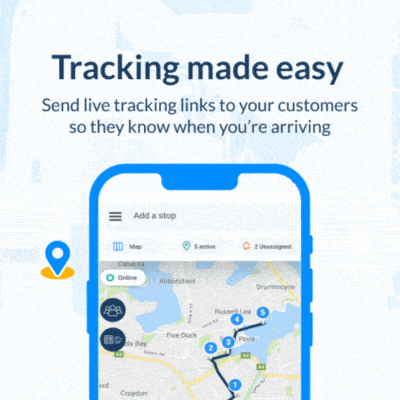Chatbots are our daily lives. They are the digital assistants we interact with on messaging platforms, websites, and mobile applications. These bots provide quick and easy assistance, helping us book a flight, order food, or even ask for directions. One such chatbot that has made a significant impact in the world of artificial intelligence (AI) is ChatGPT.
What is ChatGPT?
ChatGPT is a chatbot developed by OpenAI, a research organization that specializes in advancing AI in a safe and beneficial manner. The name “ChatGPT” stands for “Conversational GPT,” where GPT stands for “Generative Pre-trained Transformer.” The chatbot is based on the GPT-3.5 architecture, which is a sophisticated neural network model used for natural language processing (NLP).
How does ChatGPT work?
This chatbot works by processing human language input, analyzing it, and generating a response that is relevant to the input. The structure of the chatbot comes from a deep learning method known as “transformers.” Transformers are a type of neural networks designed to analyze sequential data, like text, and produce relevant responses considering the context of the input. The model is pre-trained on a large corpus of text data, which allows it to understand the nuances of human language and generate accurate responses.
The chatbot’s ability to understand and generate responses is not limited to a specific domain or topic. Instead, it can respond to any question or input provided by the user, making it a versatile conversational agent. ChatGPT can also learn from its interactions with users, continuously improving its responses over time.

Uses of ChatGPT
ChatGPT has several use cases, including:
- Customer service: Chatbots like ChatGPT are increasingly being used by businesses to provide customer service. The chatbot can answer frequently asked questions, provide product information, and help customers troubleshoot issues.
- Personal assistant: ChatGPT can act as a personal assistant, helping users with tasks such as scheduling appointments, setting reminders, and sending messages.
- Language learning: ChatGPT can help users learn a new language by providing conversational practice and feedback.
- Therapy: Chatbots like ChatGPT can also provide therapy to users by engaging in conversation and providing emotional support.
@steve_orenstein Businesses need ChatGPT #chatgpt #foryou #business
♬ original sound – Steve Orenstein – Steve Orenstein | Business
Challenges and limitations
Despite its advanced capabilities, ChatGPT has some limitations and challenges. One major challenge is ensuring the chatbot’s responses are unbiased and non-offensive. The model is trained on a large corpus of text data, which may contain biases and offensive language. OpenAI has implemented measures to prevent such responses, but it remains a concern.
Another limitation is its inability to understand context fully. The chatbot can generate responses based on the input’s immediate context but may struggle with more complex or nuanced conversations.
Conclusion
ChatGPT is a powerful chatbot that demonstrates the potential of AI in natural language processing. It can engage in conversations with users, learn from interactions, and generate responses that are contextually relevant. While the chatbot has its limitations and challenges, it remains a significant step forward in the development of conversational AI.














